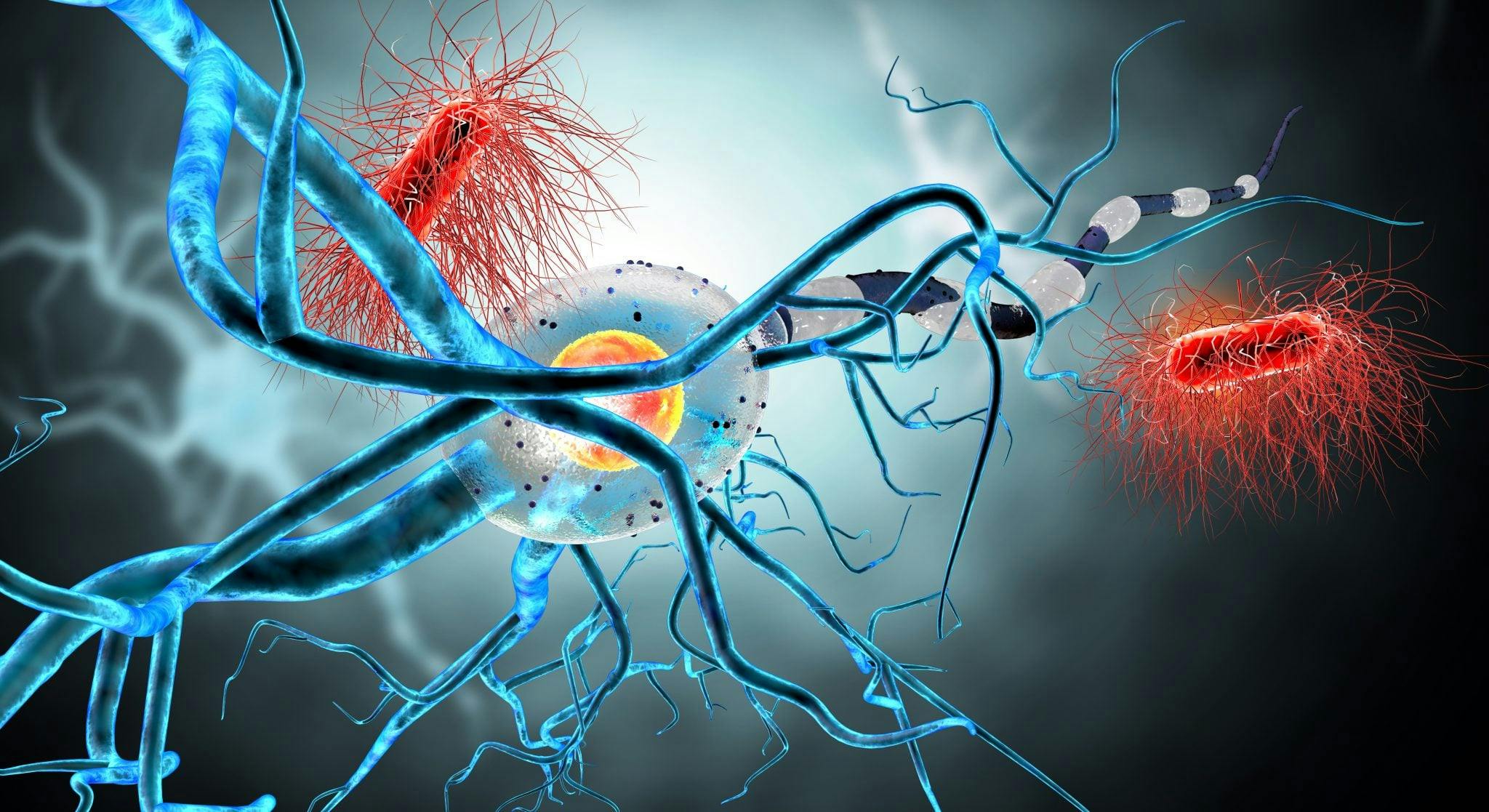
2024-07-12T16:54:51
Sunscreen Travel Tips
- Dermatology
May 16, 2017 | Neurology

Poliomyelitis, known as polio, is a dangerous, contagious viral illness that can lead to paralysis, trouble breathing and even death if it reaches its most severe form.
Polio has been mostly eliminated from large areas of the world for decades. The last known case of naturally occurring polio in the United States took place in 1979. However, despite worldwide efforts, cases continue to affect people in Afghanistan, Pakistan and certain African countries. For this reason, people from other nations traveling to these countries should take extra precautions.
Most people who are infected don’t become sick and never realize they have polio at all. In about 1 in 4 cases, polio will present symptoms that are considered non-paralytic. These are generally similar to the flu virus, and can include the following symptoms for 2 to 5 days:
These symptoms usually go away on their own. However, in rarer cases, polio virus can lead to paralytic polio, the most serious form of the disease. This can affect either the spinal cord or the brainstem, or both in some cases.
Early symptoms are often similar to non-paralytic polio, but after about a week, new symptoms can appear:
Several different symptoms are associated with post-polio syndrome, a cluster of disabling symptoms that can affect people up to 35 years after they’ve had polio.
Poliovirus is only spread through humans, but it is very contagious. It can be spread through any personal contact. The virus lives in the throat and intestines, and can enter through the mouth. It can be spread through feces or through mucus droplets via sneezes or coughs. Infected people can spread the virus before and after they see active symptoms, and the virus can live in feces for weeks.
Risk factors for polio include:
There is no cure for polio, and treatment focuses on improving comfort and preventing complications during recovery. It includes bed rest, pain relievers, moderate exercise, a nutritious diet and, for people with breathing issues, portable ventilators.
The most effective prevention method for polio is the polio vaccine. Most children in the U.S. receive four doses of a vaccine called inactivated poliovirus vaccine (IPV) at these standard ages:
This vaccine is 90 percent effective after two shots, and 99 percent effective after three. It’s completely safe, even for people with weaker immune systems, and cannot cause polio—though there can be some redness or other mild side effects at the injection site. Some people undergo allergic reactions to the vaccine, in which case you should receive immediate medical assistance.
“Polio.” The Mayo Clinic. http://www.mayoclinic.org/diseases-conditions/polio/basics/definition/con-20030957
“What Is Polio?” Centers for Disease Control and Prevention. https://www.cdc.gov/polio/about/
WRITTEN BY:
The Live Better Team


2024-07-12T16:54:51

2024-07-02T11:42:04

2024-07-01T13:49:28

2024-06-21T14:29:51
This information is not intended to replace the advice of a medical professional. You should always consult your doctor before making decisions about your health.